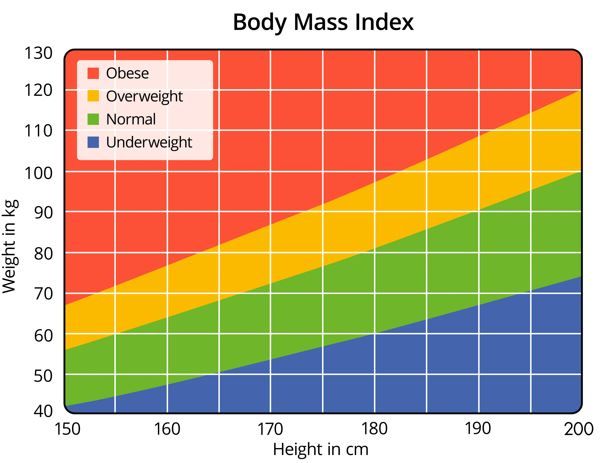AMA Urges Clinicians to De-emphasize Use of BMI to Gauge Health, Obesity
At the Annual Meeting of the American Medical Association (AMA) House of Delegates this week the association adopted policy focused on clarifying appropriate use of body mass index (BMI) to evaluate health and obesity. The new policy was a part of the AMA Council on Science and Public Health report, which appraised the measure's problematic history and explored alternatives, according to an AMA statement.1
The AMA acknowledged that the measurement has been used for “racist exclusion” in the past and that BMI cutoffs are based principally on health data collected from generations of non-Hispanic white populations.1 Used as an indicator of health, BMI does not account for age, race/ethnicity, sex, or gender, making it an inaccurate and misleading representation of an individual’s health.1
©Zerbor/Adobe Stock

The US Centers for Disease Control and Prevention (CDC) define BMI as an individual's weight in kilograms (or pounds) divided by the square of height in meters (or feet).2 While an elevated BMI can indicate greater body "fatness" and be used to screen for body weights that may pose risk for significant health problems, says the CDC, the calculation does not "diagnose the body fatness or health of an individual."2
Although BMI is significantly correlated with fat mass in the general population, the new AMA policy states in agreement, the measure loses its predictive value when applied on the individual level.1
According to the AMA, the limitations inherent in widespread use of BMI in clinical settings to gauge health and wellness could be ameliorated if it is used along with additional valid measures of risk such as quantification of visceral fat and body adiposity index, relative fat mass, waist circumference, and metabolic, and genetic factors.1
According to the AMA, the limitations inherent in widespread use of BMI in clinical settings to gauge health and wellness could be ameliorated if it is used along with additional valid measures of risk such as quantification of visceral fat and body adiposity index, relative fat mass, waist circumference, and metabolic, and genetic factors.
Recently investigators at the Institute for Systems Biology (ISB) in Seattle, announced the development of a biological body mass index.3 ISB researchers used machine learning models to generate the biological BMI, which were based on multi-omic profiling of blood, genetic risk scores, and composition of the gut microbiome.3
“For years, BMI has been the go-to measure for doctors to classify individuals based on their height and weight in comparison to an average person. However, this average person doesn't truly exist,” ISB senior research scientist Noa Rappaport, PhD, said in a news release.3
“We now have the capability to use advanced molecular measurements as a more comprehensive representation of a person's metabolic health, which can be used to make more accurate clinical recommendations for individuals,” he added.3
“There are numerous concerns with the way BMI has been used to measure body fat and diagnose obesity, yet some physicians find it to be a helpful measure in certain scenarios,” Jack Resneck Jr, MD, AMA immediate past president, said in the press statement.1 "It is important for physicians to understand the benefits and limitations of using BMI in clinical settings to determine the best care for their patients.”1
To that end, the policy recommends programs focused on educating health care practioners on how to incorporate these additional measures in daily practice.
The AMA report also notes that use of BMI is not an effective means of identifying individuals with disordered patterns of eating, observing that “utilizing BMI can lead to substandard treatment, typically due to the use of BMI by insurance companies to cover inpatient treatment.”1
References
1. AMA adopts new policy clarifying role of BMI as a measure in medicine. News release. American Medical Association. June 14, 2023. Accessed June 15, 2023.
2. Centers for Disease Control and Prevention. Body mass index. Centers for Disease Control and Prevention. Accessed June 15, 2023.
3. Building a better BMI. News release. Institute for Systems Biology. March 20, 2023. Accessed April 14, 2023.